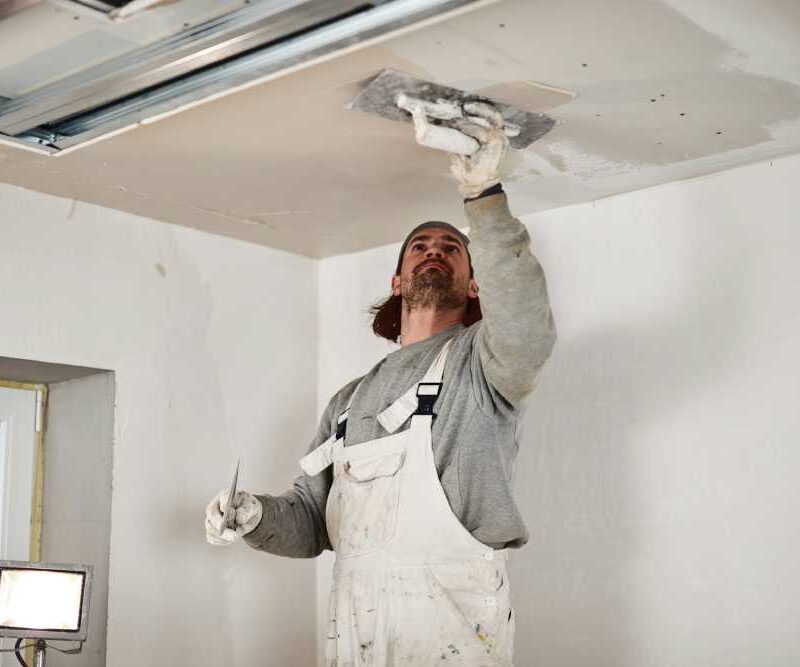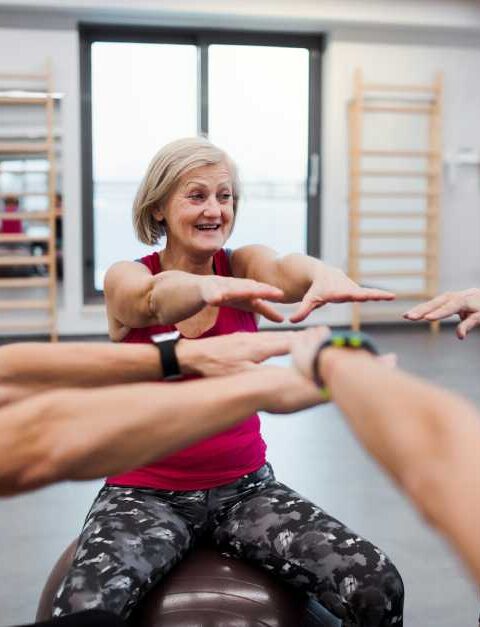Revamping your home can be as simple as a fresh coat of paint. But gone are the days of basic brushstrokes; modern interior painting techniques offer many options to give your space a unique and personalized touch.
Consulting expert interior painting services can be a game-changer for those looking to achieve a professional finish. Whether imagining a single room or giving your entire home a new look, understanding these innovative techniques can make all the difference.
Essential Preparation Steps
Adequate space preparation is essential before starting a painting project. This involves cleaning and sanding walls, applying primer, and protecting furniture and floors. Cleaning removes dust and grease that can affect paint adhesion while sanding creates a smooth surface.
Applying primer is crucial, especially for significant color changes, as it helps the paint adhere and ensures an even base. Protecting surfaces with drop cloths or plastic sheeting prevents paint splatters and spills. Proper preparation avoids uneven coverage and peeling, saving time and ensuring a successful painting outcome.
Choosing the Right Paint
With numerous paint options available, choosing the right one can be daunting. Each paint finish serves different purposes, ranging from matte to high gloss. High-gloss paint is the best option for areas with high humidity, like kitchens and bathrooms, since it can endure moisture and is simple to clean.
While offering a non-reflective finish, Matte paints are better for low-traffic regions since they can easily show scuffs and marks. Specialty paints designed for specific needs can provide added benefits like mold resistance or enhanced durability for high-traffic zones. Consider factors like durability, washability, and room usage when selecting paint.
For instance, Consumer Reports offers comprehensive guides on choosing the best paint for your needs, providing valuable insights into the performance and suitability of different paint products. By carefully selecting the correct type of paint for each room, you can ensure that your interior painting project meets aesthetic and functional requirements.
Application Techniques
Modern painting isn’t just about sling paint on walls. Techniques such as sponging, rag rolling, and stenciling can create textures and patterns that add depth to a room. Sponging involves using a sea sponge to apply a contrasting color over a base coat, creating a soft, textured look.
Rag rolling, however, uses a rag to apply or remove paint, resulting in a more dramatic, textured finish. Stenciling allows you to add intricate patterns or designs to your walls, making them unique features. For those who want a truly professional finish, advanced methods like airbrushing can add a sleek, polished touch to any room.
These techniques require precision and practice, but the result can be stunning, transforming a plain wall into a work of art. Investing time in learning these techniques or hiring a professional can significantly enhance the visual appeal of your home.
Eco-Friendly Painting Options
Many homeowners choose environmentally friendly paints with minimal to no volatile organic compounds (VOCs). These paints improve not just the environment but your indoor air quality as well. Conventional paints may emit VOCs into the atmosphere, resulting in headaches, dizziness, and various health problems.
Eco-friendly paints, on the other hand, have minimal to no VOC emissions, making them a healthier choice for you and your family. According to the EPA, choosing low-VOC paints can significantly reduce indoor air pollution. Eco-friendly paints, made from natural ingredients, minimize environmental impact and come in various finishes and colors. Choosing these paints allows you to maintain style while promoting a healthier living environment and reducing your carbon footprint.
Adding the Finishing Touches
After painting, final touches can significantly enhance the room’s overall look. Adding decorative borders, new trim, and updated light switch covers can provide a polished, cohesive appearance. Decorative borders can introduce elegance or whimsy, while new trim sharpens the room’s architectural features.
Complementing the painted walls with matching curtains and rugs can further unify the space. Attention to these details turns a simple painting job into a comprehensive home makeover, reflecting your style and taste.
Final Thoughts
Modern interior painting techniques offer endless possibilities for transforming your home. You can achieve a stunning outcome by adequately preparing, choosing the right products, and incorporating thoughtful design elements. Whether you are a DIY enthusiast or a professional, these insights can help you make the most of your painting project.
Understanding the various options and techniques allows you to create a beautiful, functional, and personalized space to your taste. Ultimately, the effort you invest in researching, planning, and executing your painting project will pay off in a home that feels fresh, inviting, and uniquely yours.







